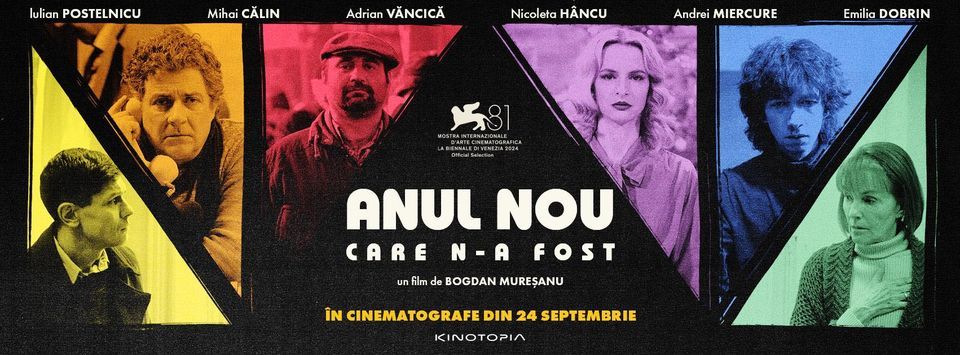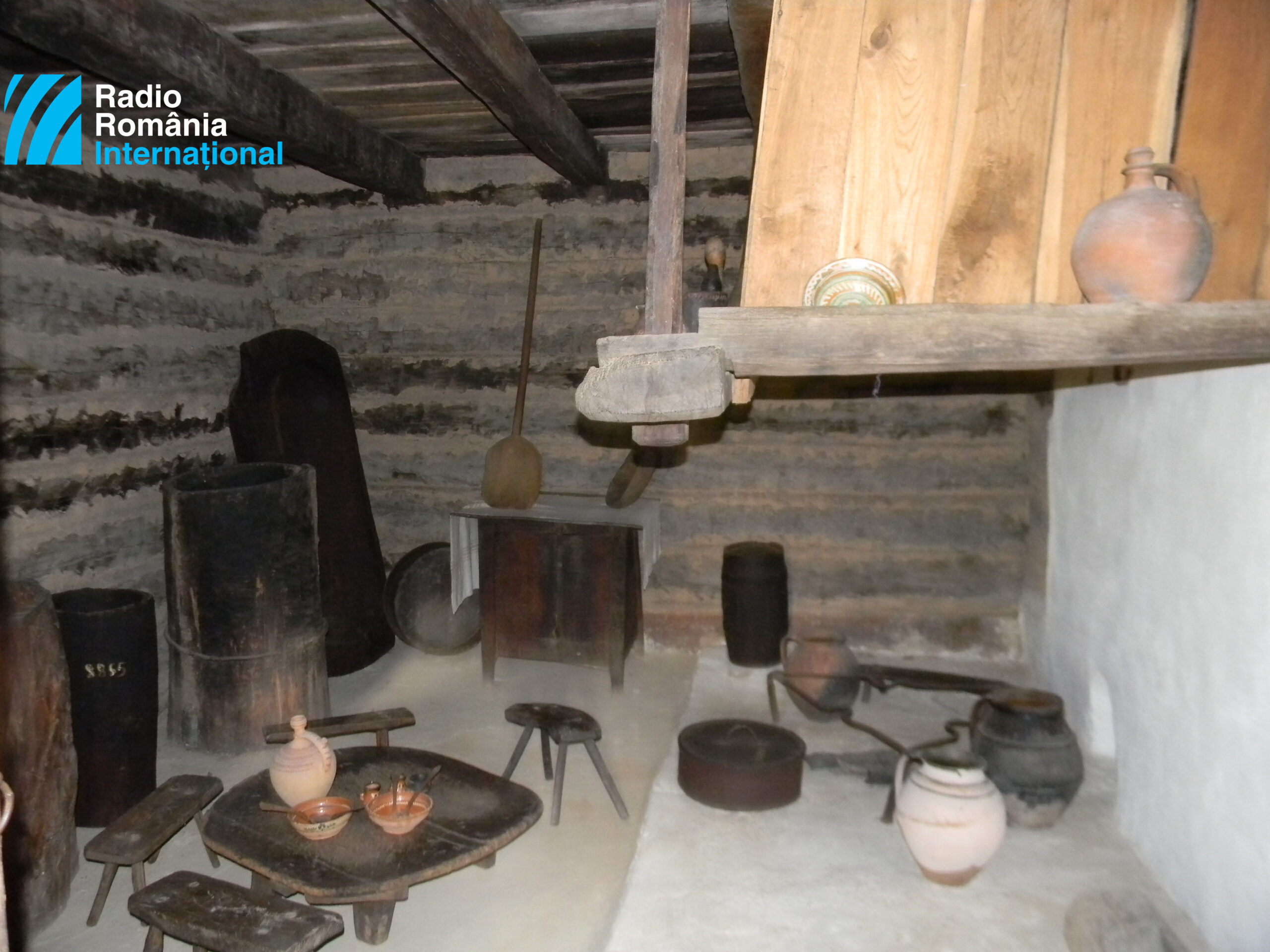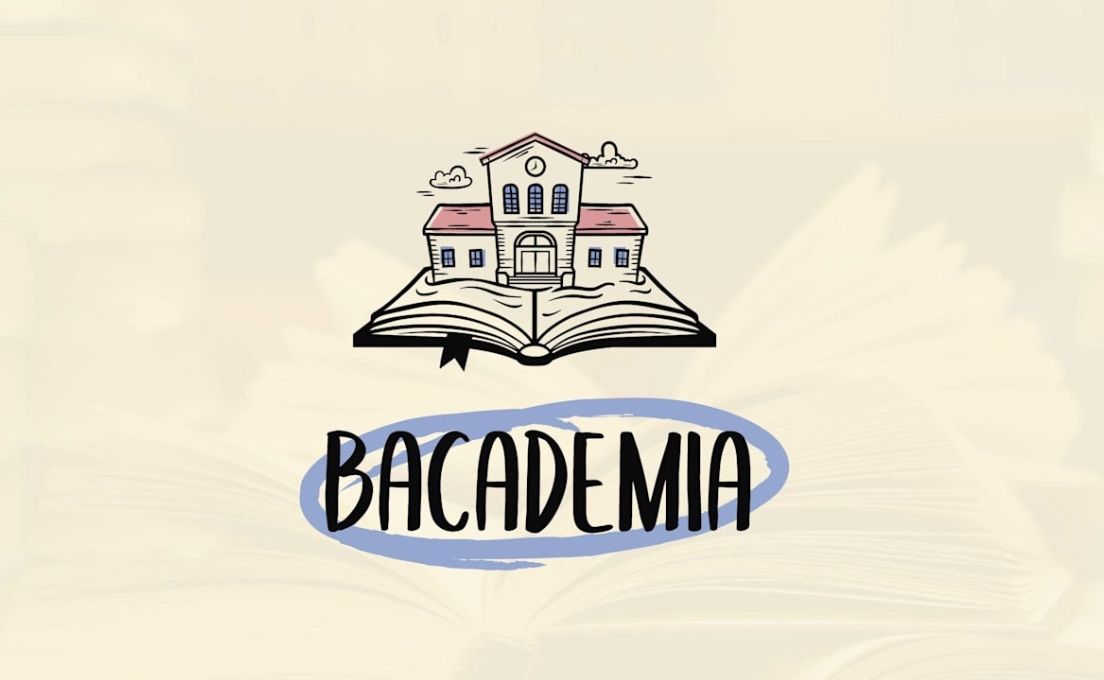Stories from the heart of Transylvania
Todays installment takes us to a part of Transylvania usually known as the Hills of Transylvania

Daniel Onea, 24.03.2020, 13:02
Todays installment takes us to a part of Transylvania usually known as the Hills of Transylvania, and its protagonists are a man with a passion for photography and lots of tourists who have come to discover the beauty of this country.
In the triangle formed by the cities of Sibiu, Fagaras and Sighisoara, there lies the second-largest protected area in Romania, the Hartibaci Valley, also known as the Hills of Transylvania. “This is a place where you can come as a visitor, and stay for the rest of your life, is the motto of a documentary based precisely on these coordinates: a place, a photographer and many visitors. Some of them have come here so often, that eventually they have decided to stay and enjoy their new home. Photographer and videographer Mihai Moiceanu, who produced the documentary, tells us more:
Mihai Moceanu “My film tells the story of a family from Germany, who have worked in various multinational corporations and first visited Romania 15 years ago. Because they were passionate photographers, I was their guide on several photography tours. They were attracted to these places, bought an old property, built a lovely boarding house and settled there. And they have lived here ever since.
The project is the outcome of one of the campaigns that he ran last year jointly with the Romanian Eco-Tourism Association and the Partnership Foundation, with a view to promoting ecotourism destinations in Romania, Mihai Moceanu also told us. But why, we asked, did he choose the Hills of Transylvania as the topic of his documentary?
Mihai Moceanu One of Transylvania’s advantages is that it still has a rural life with hundreds of years of tradition. The region boasts less known but very interesting monuments that are valuable and spectacular in terms of architecture, it is home to very interesting rural communities that have preserved the old traditions, communities where tourists can spend an active holiday. Alongside visits to tourist objectives they can also experience life at the countryside, see how the locals live, what a traditional household looks like and enjoy the traditional food which is very tasty and organic.
A region of pasture, meadows and coniferous trees, famous for its biodiversity, traditional farming and crafts and also for its cultural landscape, unchanged since medieval times, Transylvania’s Hills are waiting to be discovered in spring. Alongside its fortified churches, the region boasts stone churches erected in the early 19 century, painted by members of the Grecu family, famous across the entire region for their personal, moralizing way in which they interpreted the biblical scenes they painted. Mihai Moceanu also told us about the characters of the story that he presented in his documentary:
Mihai Moceanu I have been organizing, for many years, photo tours in Romania, for amateur and professional photographers, during which we discover various places across the country, in terms of landscape, traditions and people. They first came on one of these tours, then came again and we became friends. The film came from a completely different direction, from the Association of Ecotourism in Romania, which wanted to promote ecotourism areas in the country. Since Transylvania’s Hills is such a destination, I came up with the idea of making a film centered around the story of this family. It turned out to be a very interesting story, appreciated by the public.
The film Transylvania‘s Hills, Transylvania’s Heart, directed by Mihai Moceanu, is popular due to the simplicity of life that it presents:
Mihai Moceanu Most tourists who come to Romania are not interested in extraordinary landscapes, such as the Alps for instance, but in the communion between man and nature, as here nature blends beautifully with folk tradition and the people’s way of life. This is what impresses them. There is also the fact that old traditions are still well preserved and the fact that here they can find a civilization that has disappeared in Western Europe some 50 or 70 years ago.
This is a film that we invite you to see, because film and photography give you another kind of access to peoples intimate space, which is captured on camera.
(translated by: Ana-Maria Popescu, Elena Enache)






























